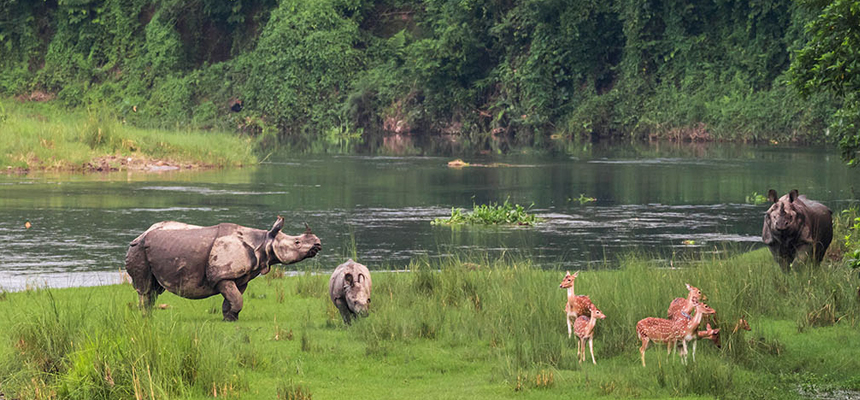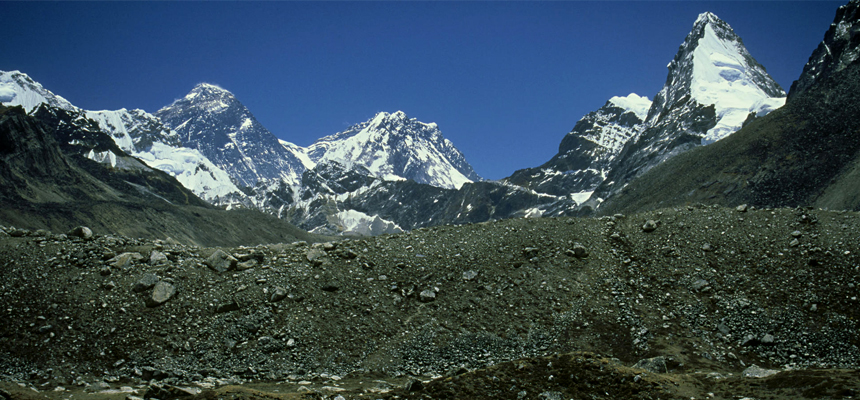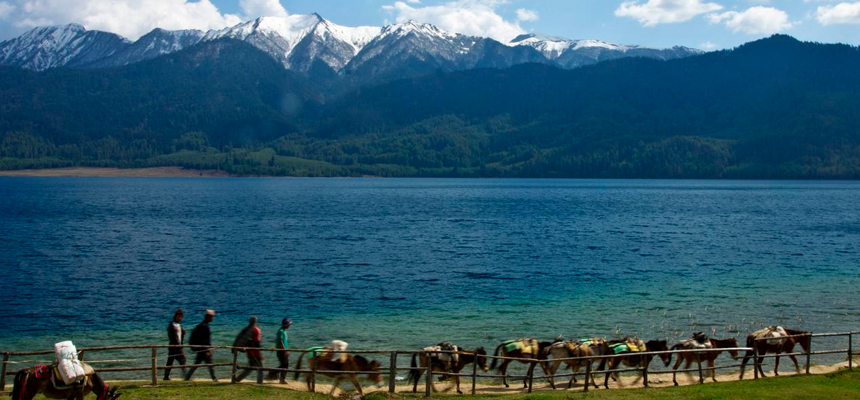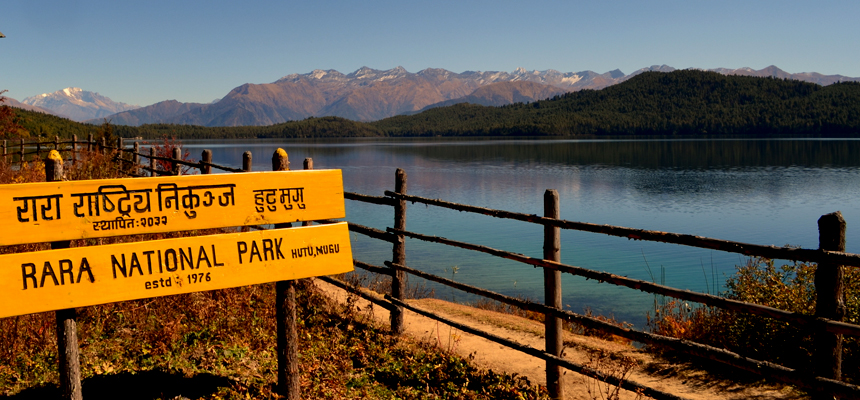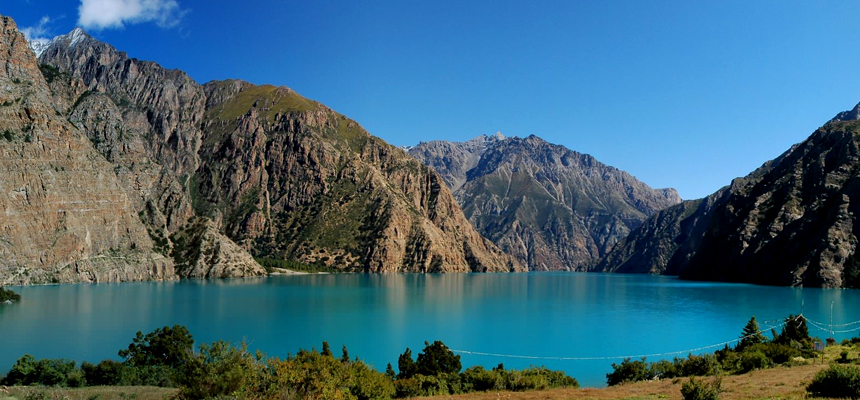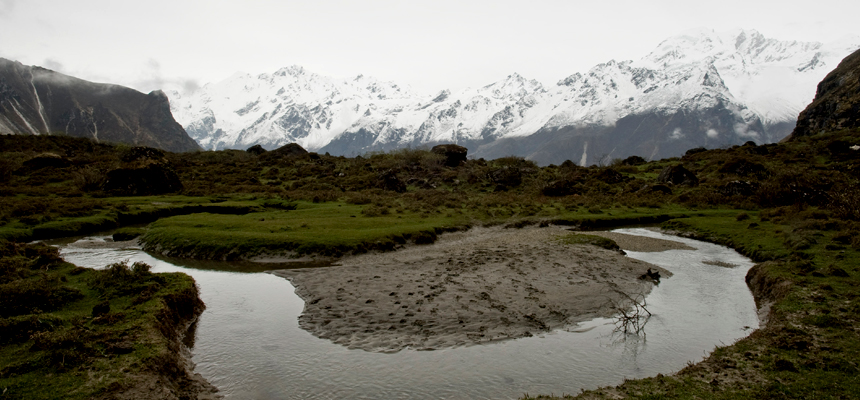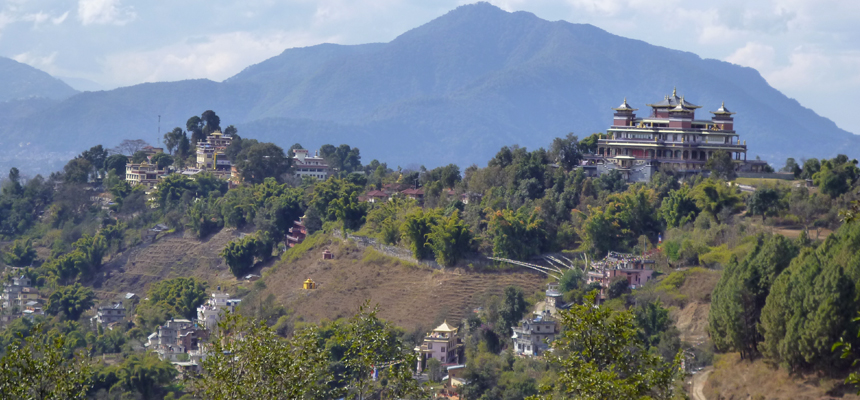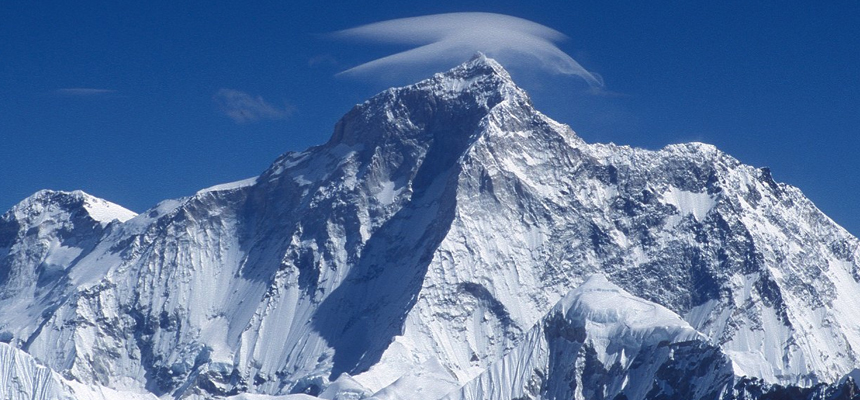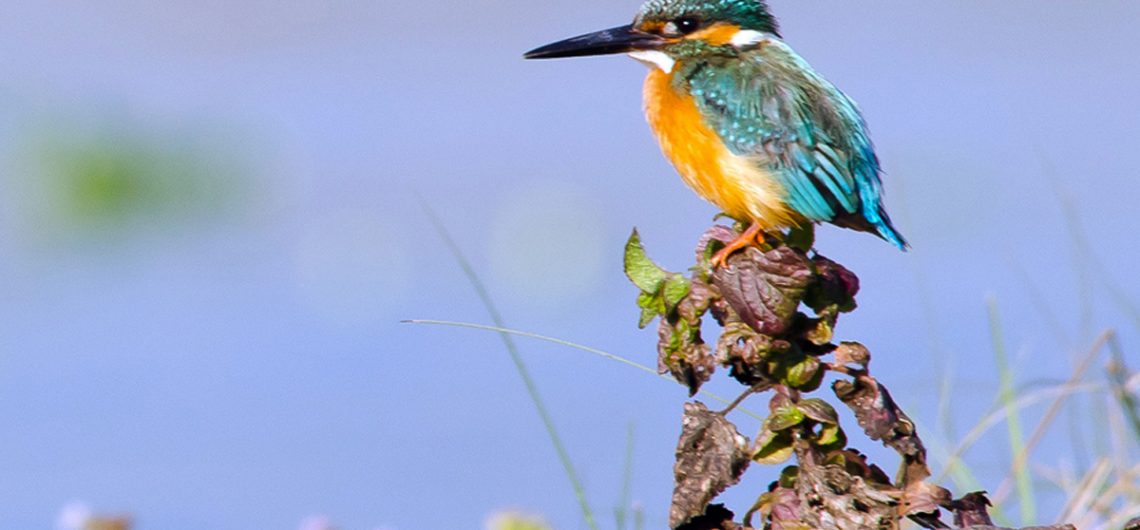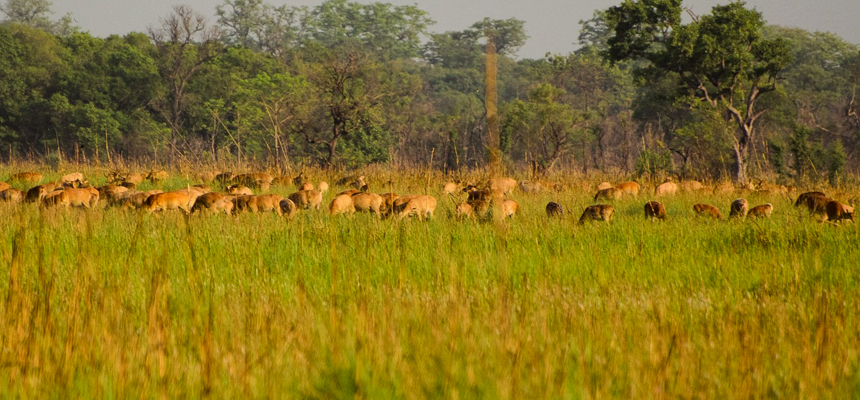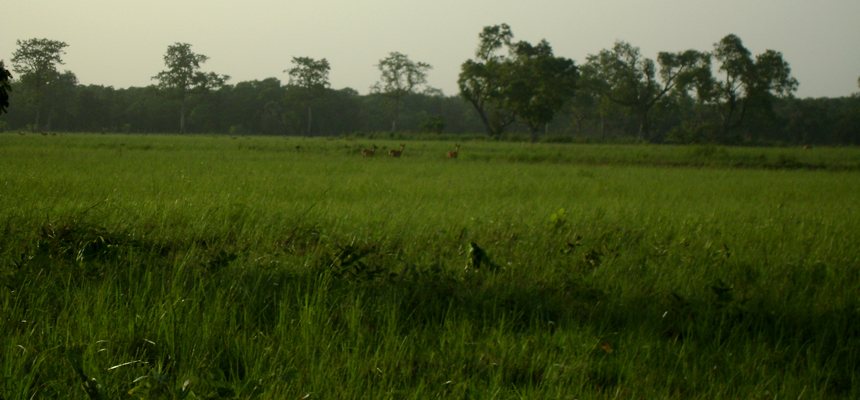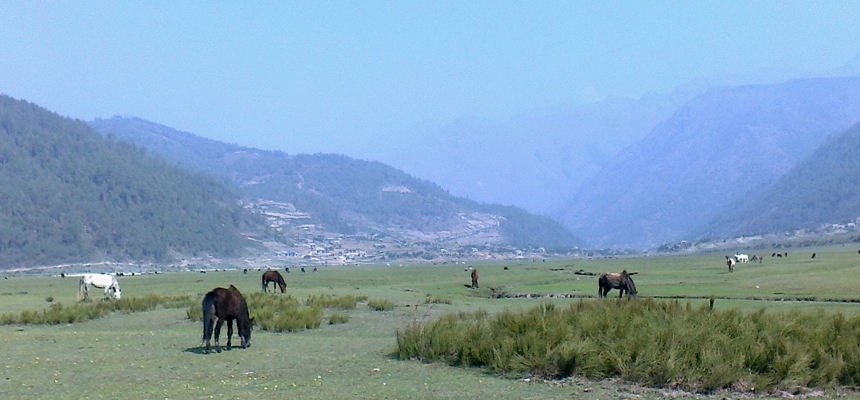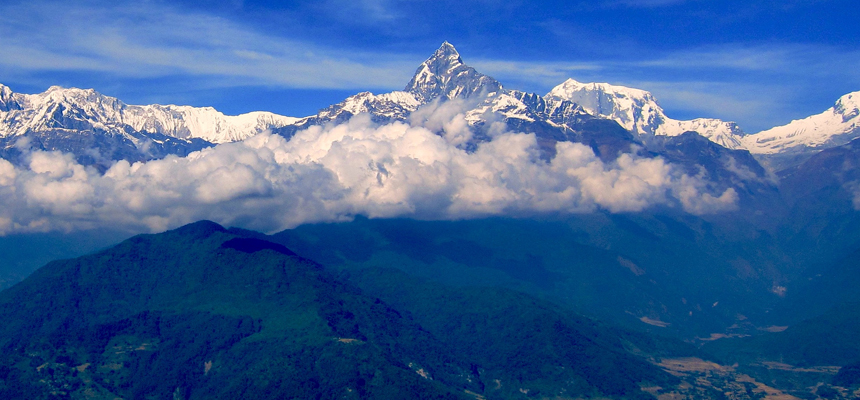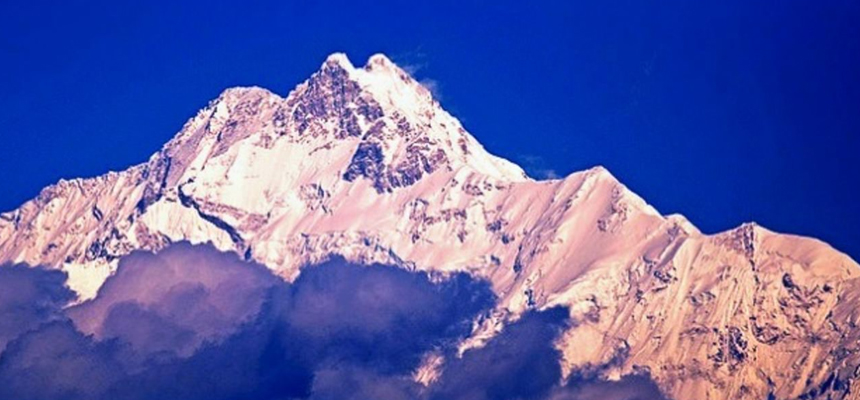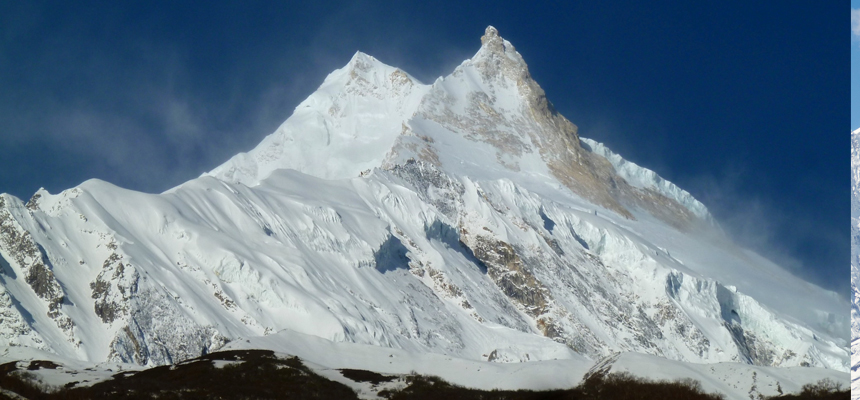Nepal can be divided into three areas, the high mountains, mid hills and low lands. The climate in these areas is different as
Chitwan National Park.The Royal Chitwan National Park, Nepal’s first ever national park lies at the foot of the Himalaya in the Inner Terai
Sagarmatha National Park is located to the north-east of Kathmandu in the Kumbu region of Nepal covering an area of 1148 sq. kilometers.
Bardia National Park is the largest park in the lowland Terai covering an area of 968 sq. km. The park situated in Nepal’s
Sagarmatha National Park lies to the northeast of Kathmandu. The park was gazette in July 1976. It covers an area of 1,148 sq.
Khaptad National Park is situated in the mid mountain region of Far-Western Nepal. The park was gazette in 1984 covering an area of
Rara National Park is located in the North-Westem high mountains of Nepal. The park was gazetted in 1976 to conserve the unique beauty
Shey-phoksundo Narional Park is situated in the Trans-Himalayan region of northwest Nepal. It is Nepal’s largest National Park covering an area of 3,555
It was established in 1976 to conserve the unique flora and fauna of the region. It is the nearest national park of the
Shivapuri National Park {144 sq km) is situated on the northern fringe of Kathmandu valley and lies about 12 km away from the
Makalu Barun National Park and Buffer zone area (previously conservation area) was established in 1992. This national park lies in the wilderness at
Koshi Tappu Wildlife Reserve is situated on the flood plains of the Sapta-Koshi River in Eastern Nepal. The reserve was gazette in 1976
Parsa Wildlife Reserve is situated in the lowland Terai of Nepal adjoining Chitwan National Park in the west. The 499 sq. km of
Suklaphanta Wildlife Reserve is situated in the southern Terai of Far-Western Nepal and was gazette as a Wildlife Reserve in 1976, covering an
Dhorpatan Hunting Reserve adjoins Rukum, Myagdi and Baglung districts in the Dhaulagiri Himal range in West Nepal. Putha, Churen and Gurja Himal extend
The Annapurna Conservation (ACA) is spread over 7,629 sq. km. of Kaski, Myagdi, Parbat and Manang districts in northwest Nepal. Established in 1986,
Kanchanjunga Conservation Area (KCA) spread over 2035 sq. km. in Taplejung district, lies in the northeast corner of Nepal. It is named after
Manaslu was declared a “Conservation Area” in December 1998 by Ministry of Forest and Soil Conservation under the National Parks and Wildlife Conservation

